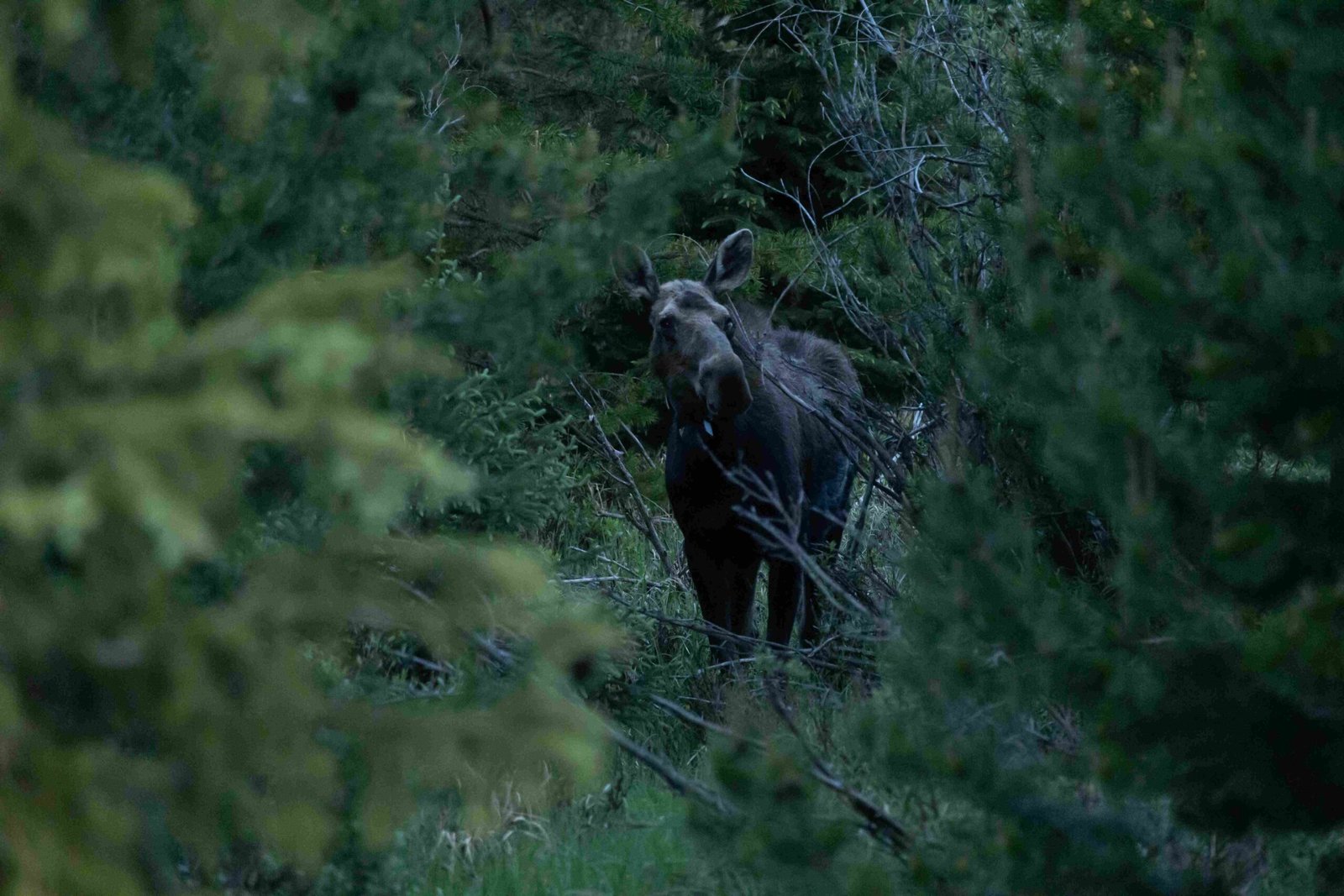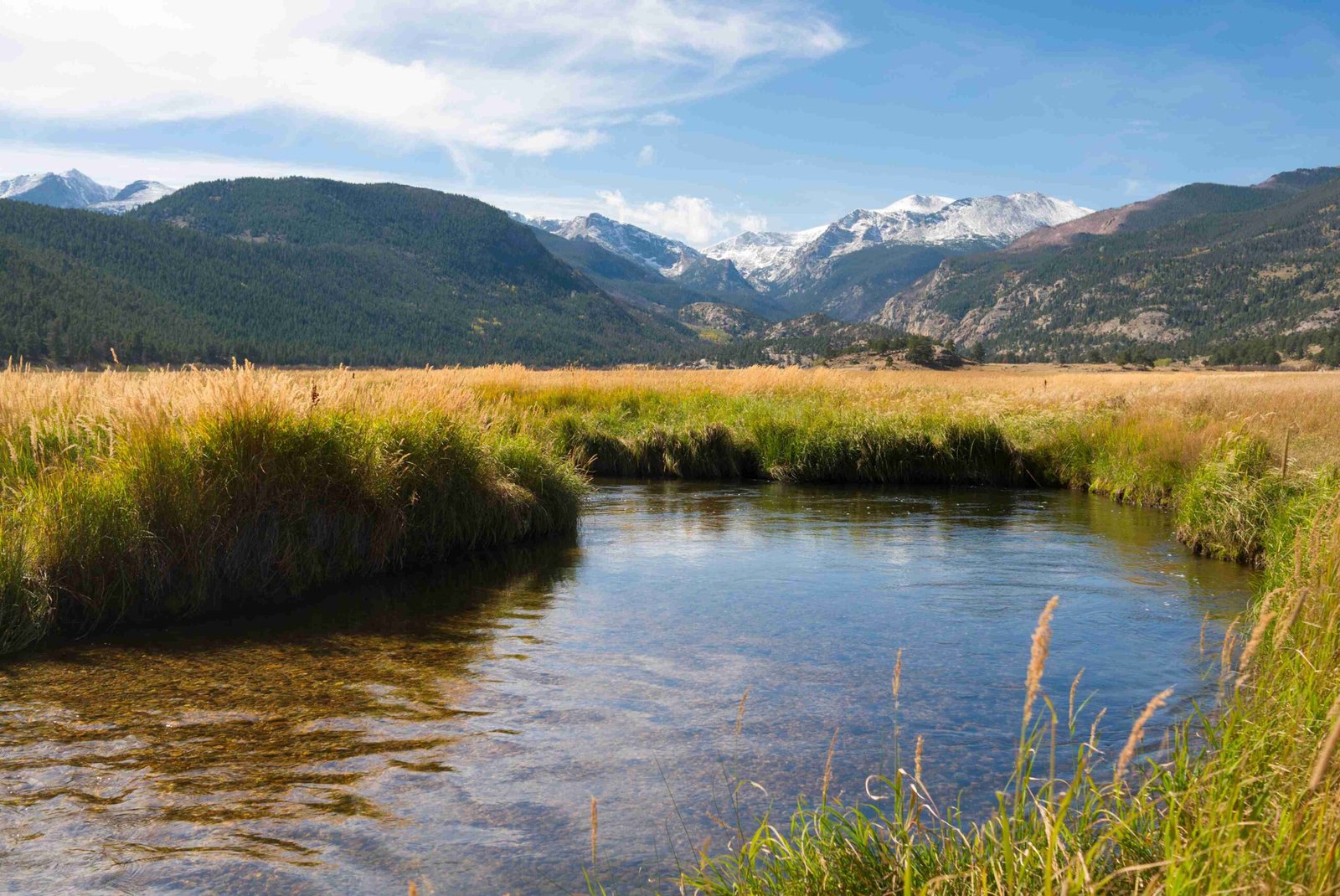Rocky Mountain National Park strictly prohibits visitors from feeding wildlife to protect both animals and humans. This regulation aims to maintain the natural ecosystem, prevent wildlife habituation to human food, and reduce human-wildlife conflicts. Feeding wildlife can lead to serious consequences, including health issues for animals, increased disease transmission, and aggressive behavior towards humans. Visitors must adhere to park rules and best practices to ensure a safe and responsible wildlife viewing experience.
Why Is Feeding Wildlife in Rocky Mountain National Park Prohibited?

Feeding wildlife in Rocky Mountain National Park is strictly forbidden due to several critical reasons:
- Disruption of natural feeding habits
- Health risks to animals
- Increased human-wildlife conflicts
- Ecological imbalance
Park regulations aim to maintain the delicate balance of the ecosystem and protect both wildlife and visitors. Violating these rules can result in severe penalties, including fines and citations.
What Are the Consequences of Feeding Wildlife?

Feeding wildlife in Rocky Mountain National Park can lead to numerous negative outcomes:
- Health Issues: Animals may develop digestive problems or malnutrition from consuming human food.
- Behavioral Changes: Wildlife can lose their natural fear of humans, leading to aggressive behavior.
- Dependency: Animals may become reliant on human food, losing their ability to forage naturally.
- Disease Spread: Increased animal congregation can facilitate the transmission of diseases.
- Human Safety Risks: Habituated animals may approach humans more frequently, increasing the likelihood of attacks.
These consequences underscore the importance of adhering to park regulations and respecting wildlife from a safe distance.
How Can Visitors Safely Observe Wildlife?
To enjoy wildlife viewing while maintaining safety and respecting park rules, visitors should follow these guidelines:
- Maintain a safe distance from all wildlife
- Use binoculars or telephoto lenses for closer views
- Never approach, touch, or attempt to feed animals
- Keep food securely stored and dispose of trash properly
- Stay on designated trails and viewing areas
By following these practices, visitors can have a rewarding wildlife experience without compromising the animals’ well-being or their own safety.
What Are the Specific Risks to Animals from Human Feeding?
Feeding wildlife poses several specific risks to the animals:
| Risk | Description |
|---|---|
| Nutritional Imbalance | Human food lacks proper nutrients for wildlife, leading to malnutrition |
| Digestive Issues | Inappropriate foods can cause severe digestive problems in animals |
| Behavioral Changes | Animals may lose their natural foraging skills and become dependent on humans |
| Overcrowding | Artificial feeding sites can lead to unnatural animal concentrations, increasing disease spread |
| Habituation | Wildlife may lose their fear of humans, leading to dangerous encounters |
These risks highlight the importance of allowing animals to maintain their natural feeding patterns and behaviors.
What Penalties Do Visitors Face for Feeding Wildlife?
Visitors caught feeding wildlife in Rocky Mountain National Park may face:
- Fines
- Citations
- Confiscation of food and related items
- Potential park expulsion
The severity of penalties often depends on the nature and frequency of the violation. Park rangers actively enforce these regulations to protect both wildlife and visitors.
How Does Feeding Impact the Park’s Ecosystem?
Feeding wildlife can have far-reaching effects on the park’s ecosystem:
- Disruption of natural food chains
- Alteration of animal migration patterns
- Imbalance in predator-prey relationships
- Changes in vegetation due to altered grazing patterns
- Increased human-wildlife conflicts affecting park management
These ecological impacts demonstrate why it’s crucial for visitors to refrain from feeding wildlife and to respect the park’s natural processes.
What Should Visitors Do If They Witness Wildlife Feeding?
If you observe someone feeding wildlife in Rocky Mountain National Park:
- Do not confront the individual directly
- Report the incident to a park ranger immediately
- Provide details such as location, time, and description of the people involved
- If possible, take photos or videos as evidence, but maintain a safe distance
- Educate fellow visitors about the dangers of feeding wildlife if appropriate
By reporting such incidents, visitors can help park authorities maintain a safe environment for both wildlife and humans.
How Can Visitors Prepare for a Wildlife-Friendly Visit?
To ensure a wildlife-friendly visit to Rocky Mountain National Park:
- Research park regulations and wildlife safety guidelines before your trip
- Pack appropriate food storage containers and bear-resistant coolers
- Bring binoculars or a camera with a zoom lens for distant wildlife viewing
- Learn to identify common wildlife species and their behaviors
- Plan your visit during optimal wildlife viewing times (dawn and dusk)
Proper preparation can enhance your wildlife viewing experience while ensuring you respect park rules and animal welfare.
By following these guidelines and understanding the importance of not feeding wildlife, visitors can help preserve the natural beauty and ecological balance of Rocky Mountain National Park for future generations.
References:
1. https://cpw.state.co.us/feeding-wildlife
2. https://www.nps.gov/romo/planyourvisit/wildlife-safety.htm
3. https://estespark.colorado.gov/wildlife

